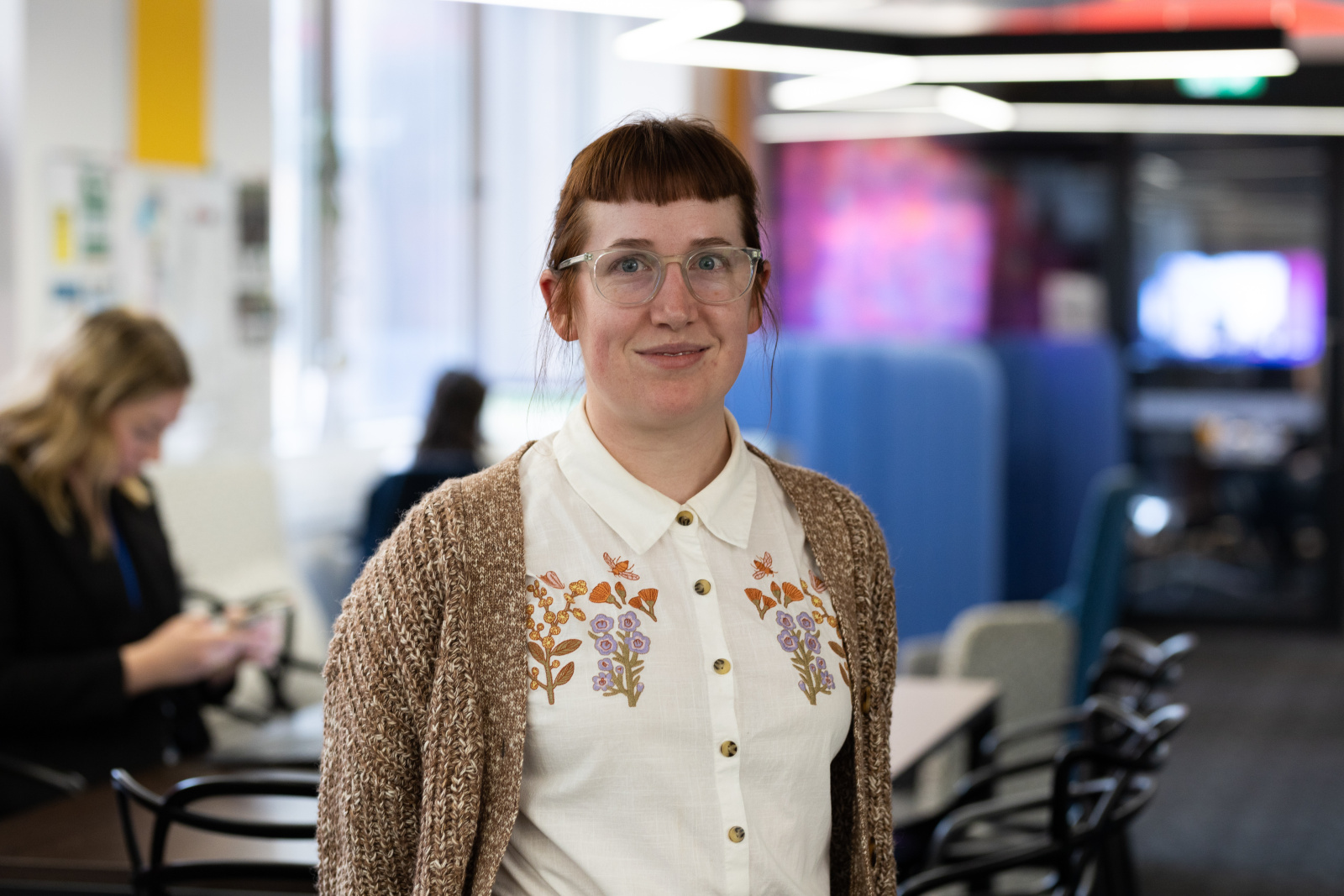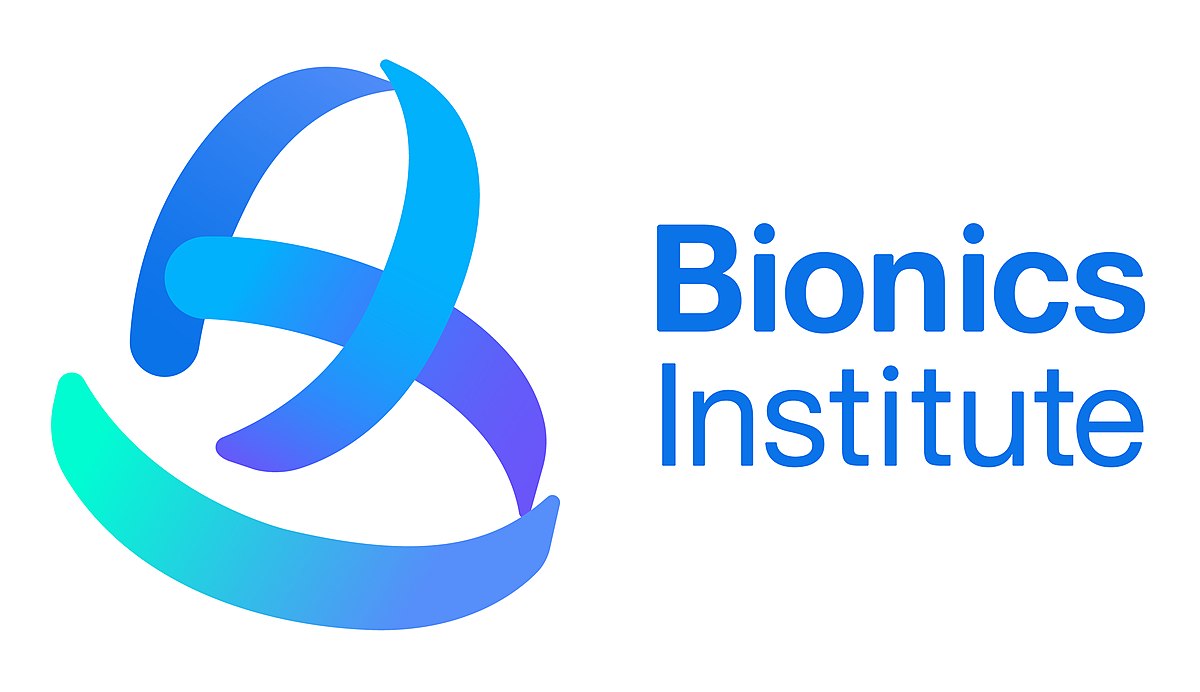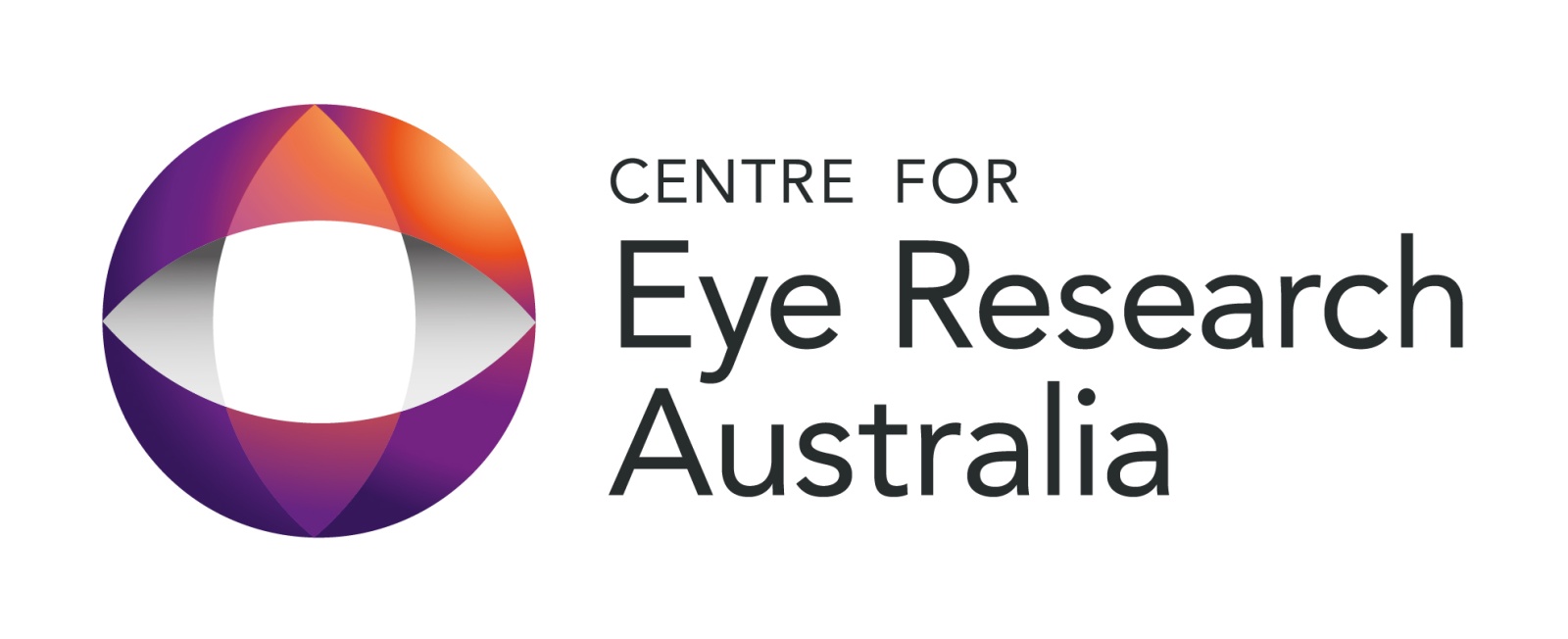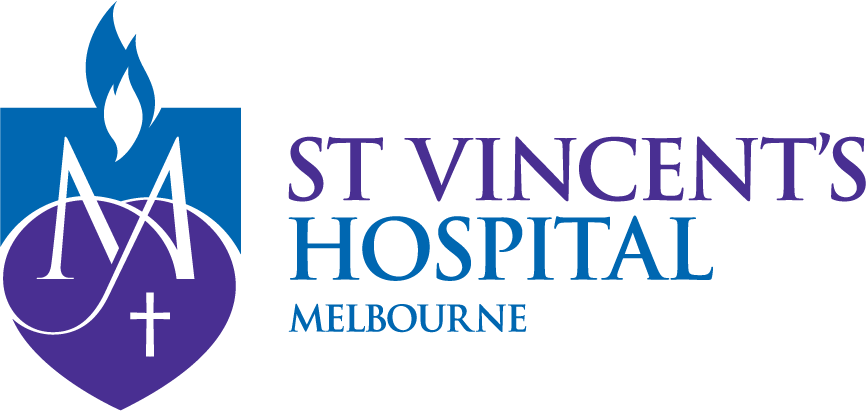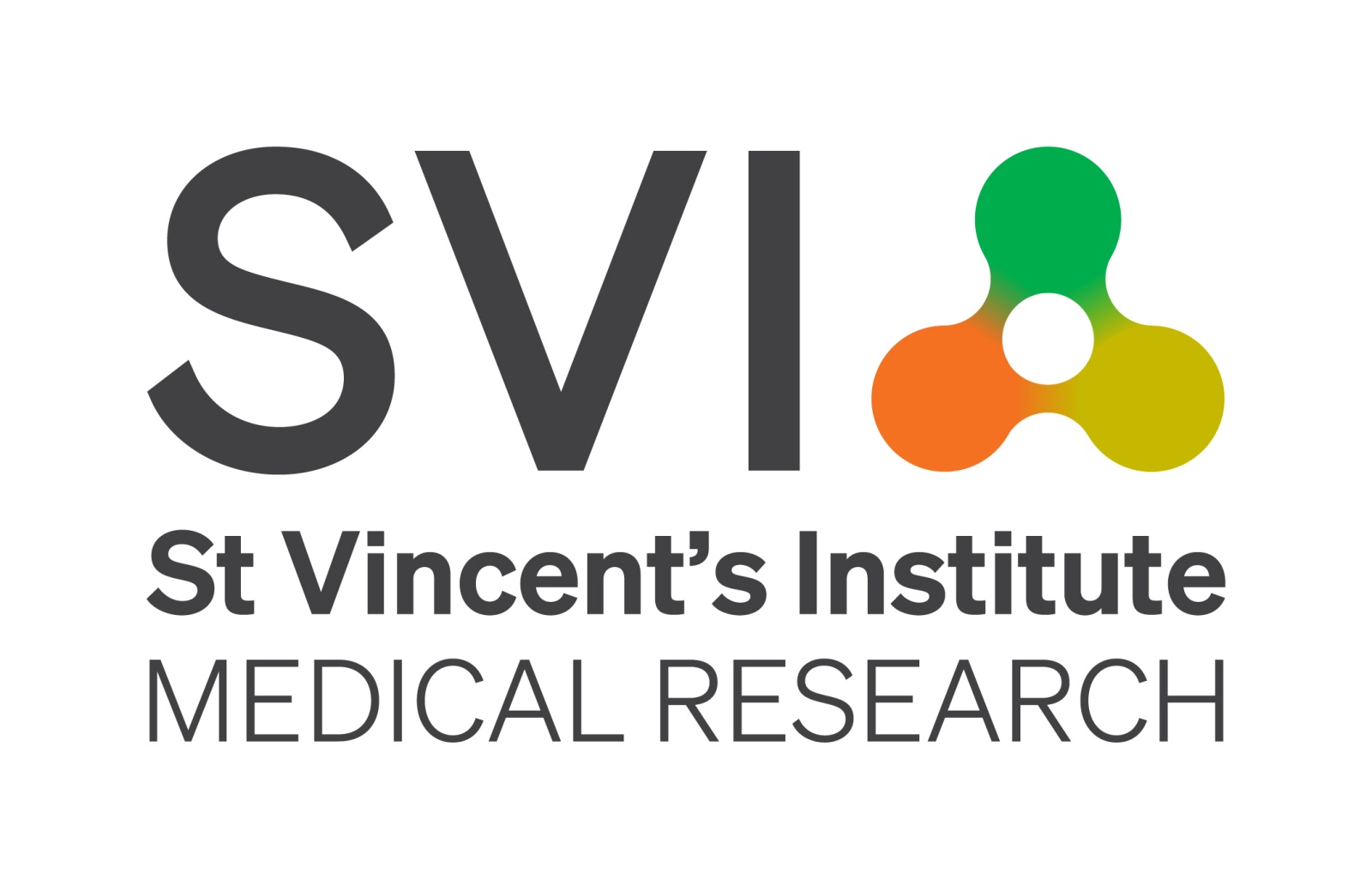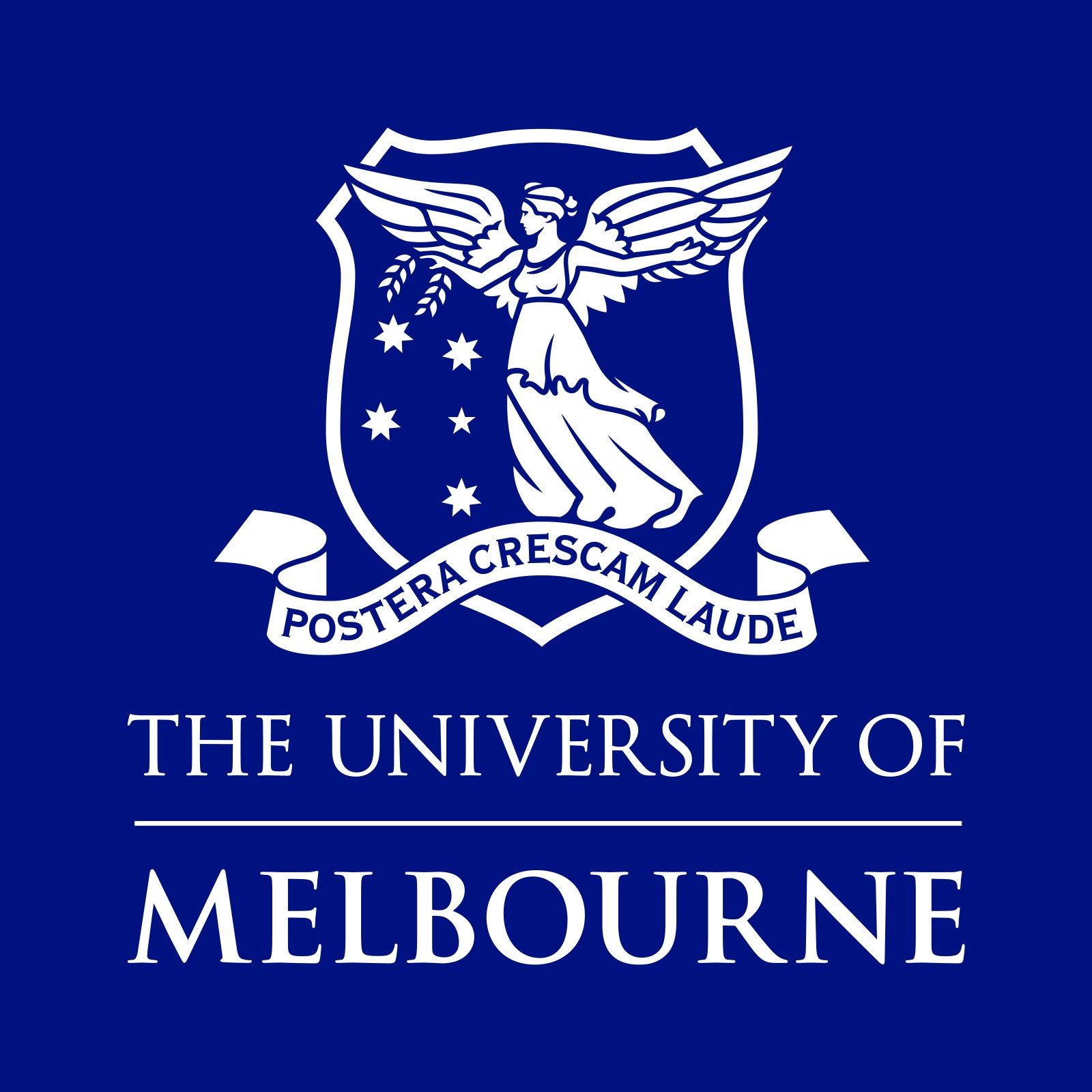A joint project led by St Vincent’s Hospital Melbourne (SVHM) investigating ways to make pathology results easier for patients to understand has received a Federal Government community grant to support the research activity.
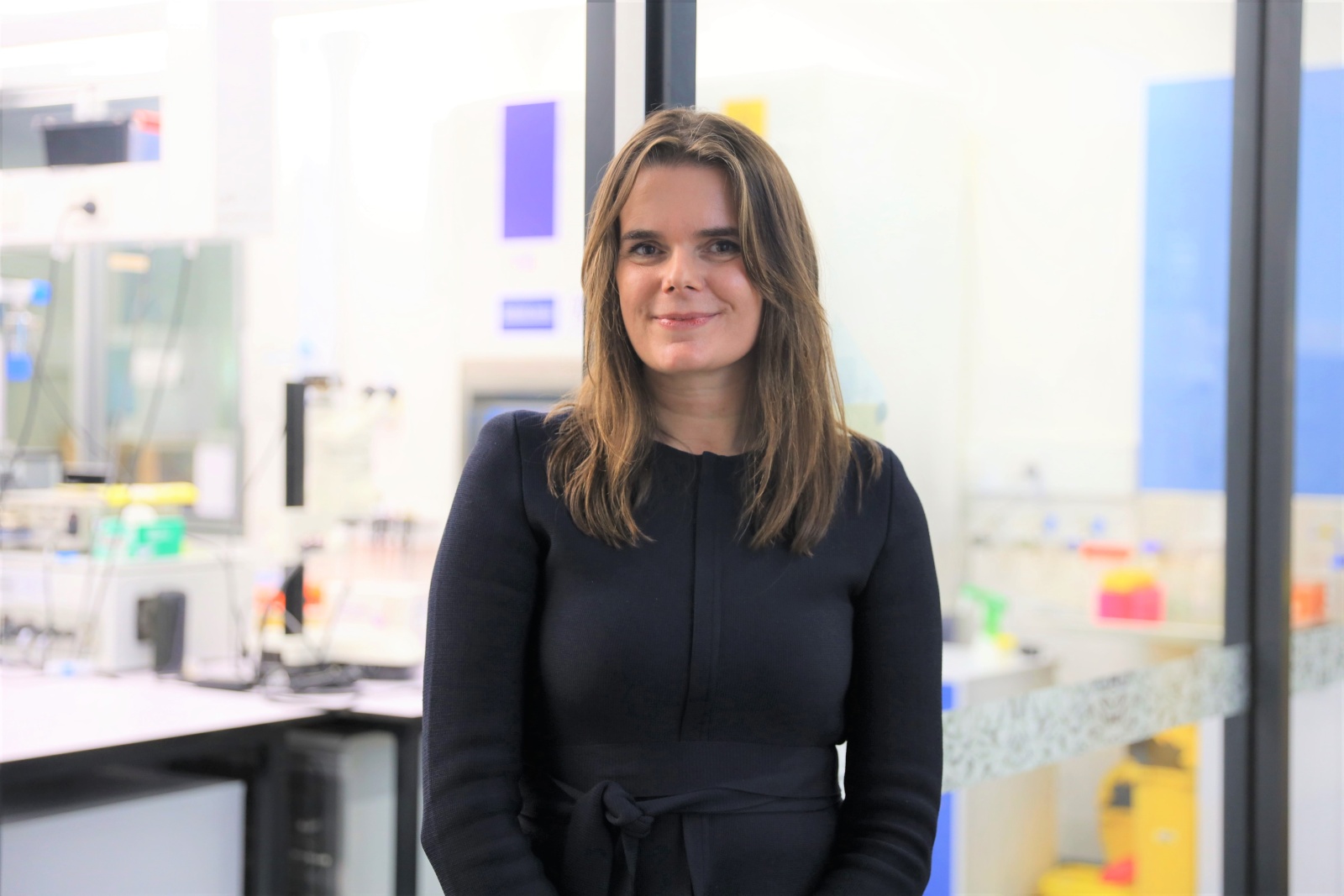
Above: Project Lead, Dr Christina Trambas, Medical Director of Pathology at St Vincent’s Hospital Melbourne.
Just over $570,000 was awarded by the Department of Health and Aged Care’s Quality Use of Diagnostics, Therapeutics and Pathology Program to the Consumer Actionable Pathology Reports (CAPR) Project that will explore the development of design solutions to translate pathology results into a format that is simple for patients to read and comprehend.
The project is being developed by a consortium of four organisations that include SVHM, University of Melbourne, Swinburne University of Technology and the Aikenhead Centre for Medical Discovery (ACMD). The group will work collectively to produce an evidence-based design solution for pathology reporting.
“The ultimate aim is to empower patients to become more actively engaged in their own health,” said the Project Lead, Dr Christina Trambas, Medical Director of Pathology at St Vincent’s Hospital Melbourne.
Currently, pathology reports are highly technical documents designed for clinicians, not patients, and used to support decision making around disease diagnosis, prognosis and management. The language is complex and full of medical jargon that may leave patients themselves feeling stressed and anxious, or less inclined to do something about their health issues.
“By tailoring reports to provide health data in a form specifically designed to meet the information needs of patients, this project is exploring the untapped potential of pathology to guide patients’ decisions towards making improved lifestyle choices,” said Dr Trambas.
“These decisions include lifestyle choices that can help prevent the development of chronic diseases like diabetes and heart disease, delivering better health outcomes to Australians and saving our healthcare system billions of dollars.”
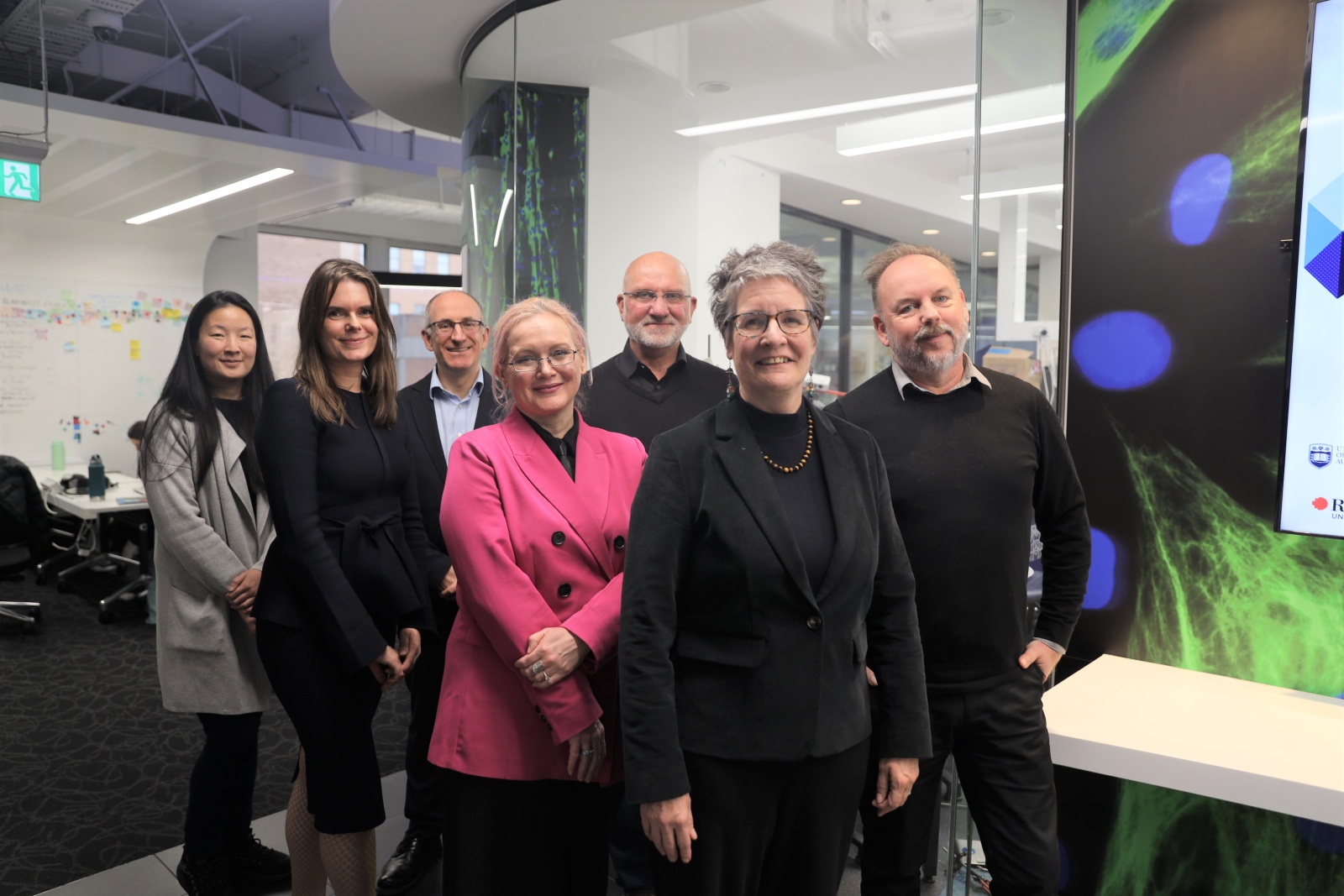
Above: L to R: Michelle Low (ACMD), Dr Christina Trambas (SVHM), Richard Prentice (SVHM), Dr Alison De Kruiff (Swinburne University of Technology), Dr Erol Harvey (ACMD), A/Prof Stephanie Best (University of Melbourne), and Alex Tyers (Swinburne University of Technology).
A team of experts has been assembled for this project from various areas that include health communication, user experience, implementation science, product design and pathology.
This co-design framework will support the development of design solutions that could both be used by consumers independently and fit into existing healthcare structures.
ACMD Interim CEO Andrew Batty identified CAPR as a pioneering representation of the work the ACMD does, delivering impactful clinical and patient solutions in the healthcare sector.
“By addressing an identified clinical need through innovative thinking and inter-organisational collaboration, CAPR is precisely the kind of project that the ACMD wants to support,” he said.
The project will identify patterns in patient behaviour in relation to pathology testing, the challenges faced with using the current reporting format, and patient expectations around how they can use a pathology report to benefit them.
It is hoped this tool will complement existing pathology reporting and assist clinicians in providing a separate version to patients that delivers pathology information in a consumer-friendly format.
“Providing clear and personalised medical information to patients is crucial for them to effectively understand and manage their conditions. Pathology results guide a lot of clinical decisions made by healthcare professionals. We want pathology results to guide patients’ decisions as well,” said Dr Trambas.
The hope is it will encourage patients to become meaningfully involved in their healthcare journey, including making appropriate choices that could potentially delay chronic health conditions.
“Failing to directly tailor pathology reports to patient needs is a missed opportunity for wide-ranging improvements in healthcare. Patient-centred reporting could potentially be a game-changer and foster a deeper understanding among patients about the value their pathology results can provide,” said Dr Trambas.
“Patient-centred pathology reporting has the potential to harness the untapped power of pathology results to drive advances in preventative medicine, through direct communication with patients in a form that they understand and can action.”
The two-year project is currently at planning stage. Following phases will recruit members of the public for user-needs focus groups and usability testing, and are planned to start in October, subject to ethics approval.
The CAPR Project team was formed through the ACMD Challenge program supported by Safer Care Victoria and the Australian Medtech Manufacturing Centre.
The Challenge Program is a seminar and workshop series designed to uncover unmet clinical needs and bring together multidisciplinary teams to tackle an identified project using medtech, biotech and digital health technology to advance solutions.

